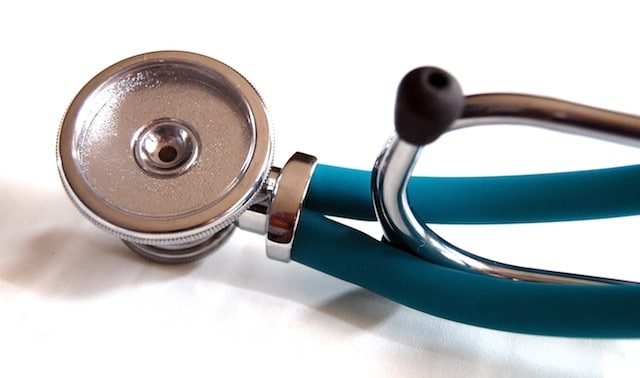Medical Tourism: Are Cheaper Procedures Worth The Risk?

Stethoscope. Photo courtesy of iwanbeijes.
While even the thought of needing to take a trip to the hospital while on vacation is enough to make most travelers shudder, others make this the center of their vacation. With costs and wait times for treatments increasing rapidly in North America and Western Europe, more patients are choosing to outsource their treatment; however, these faster and cheaper treatments can come with their own costs as the field of medical tourism is shrouded in ethical controversy and cases of unsafe practice.
History
Medical tourism is by no means a modern concept. The first documented cases of it stem from ancient Greece, with pilgrims traveling to a sanctuary in the Saronic Gulf to seek the powers of the healing god, Asklepios. For centuries to follow, populations across the globe have been traveling for medical reasons, such as taking trips to spa towns home to mineral waters that were said to have been religiously blessed with healing abilities.
More recently, medical tourism has moved away from being tied to religion, and throughout the past few decades most medical travelers were either those who were uninsured in their own country, or wealthy enough to seek out specialized cosmetic surgeries not available in their home country. This period created a questionable image for the industry, but rising global healthcare standards in recent years have made it possible to receive treatment from internationally accredited doctors and hospitals in developing countries such as Colombia, Costa Rica, India, Malaysia and Thailand.

Surgery. Photo courtesy of asterisc21.
Modern Medical Tourists
Today, majority of medical tourists come from either North America or Western Europe. Most American medical tourists are seeking lower health care costs, while Europeans look for shorter wait times for treatments. As an example, Americans pay up to $144,000 USD for a heart bypass, while Brits can expect to face wait times of over a year. Comparatively in India, the same treatment can be sought from a Harvard educated doctor for $5,200 USD with a waiting time of under a month. With significantly lower costs, American insurance companies are now even beginning to cover international medical expenses, and even associated flights in order to cut costs.
Medical Tourism in India
While cheap, no-wait treatments from internationally certified doctors may sound like a dream come true, medical tourism (which India along with 50 other nations recognizes as a national industry) still has a darker side.
In India, the healthcare industry contains both a public and private sector from which domestic and international patients can receive aid. Doctors working in the private sector have significantly higher earning potential, considering India has one of the lowest levels of public health care support across the globe. With this, the majority of Indian doctors seek work in the private sector. Last year, 150,000 foreign citizens were able to receive private healthcare in India, with procedures ranging from cosmetic facelifts to life-saving heart transplants.
With so many doctors treating higher-paying foreigners, residents in India are left with only four doctors for every 10,000 domestic citizens. These low rates have led to over 500,000 deaths in India being caused by tuberculosis and another 600,000 deaths from easily preventable diarrheal diseases on a yearly basis. The government has been highly criticized for putting price tags on the lives of its own citizens and allowing a large market of illegal commercialized organ "donations"; however, government officials have claimed the system will have a trickle-down effect for domestic citizens, as more Indians are looking to pursue careers in medicine.

Pills. Photo courtesy of CathyK.
Additional Risks
In addition to the ethical controversies behind medical tourism, there are several physical risks to looking for international procedures. Uncertified practitioners may expose their patients to diseases such as HIV, tuberculosis and typhoid and even clean facilities can leave foreign patients with diseases that are normally overlooked if locals have developed immunities. Following the procedure, post-operative care can vary significantly — if it's available at all — and lacking laws around medical malpractice can make lawsuits over unsuccessful treatments virtually impossible. Finally, there is a risk in traveling soon after receiving a surgical procedure and embarking on a long-distance flight can lead to embolisms and deep vein thrombosis.
Regardless of the location or procedure, there is always a risk in traveling for medical support. Potential patients should work with their local doctors to review all the information about foreign procedures before beginning any type of treatment.
What's your opinion on medical tourism? Please share in the comments below.
The post Medical Tourism: Are Cheaper Procedures Worth The Risk? appeared first on Epicure & Culture.